Trees for Your Garden
From maples to magnolias, find the perfect tree for any spot in your garden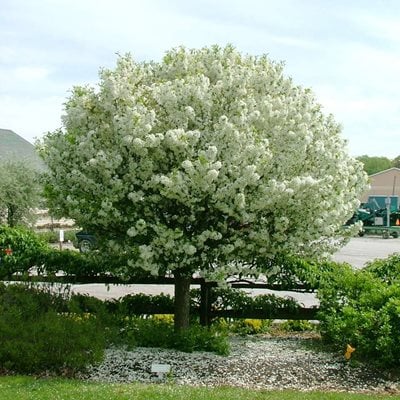
Lollipop® crabapple. Photo: Proven Winners.
Finding the right tree for your home garden can be a challenge. Whether you are looking to add a bit of shade to your property or to screen a view of a neighboring home, trees are often the solution. Ornamental trees can also be used to create a focal point in your garden. Fruit trees are also beautiful and can be grown in orchard fashion or incorporated into your garden.
ON THIS PAGE:
When selecting a tree, you may feel a bit like a kid in a candy store. There are small trees that can be grown in pots if you don’t have a lot of room and large trees more suited for a pastoral setting. Furthermore, there are trees with weeping branches and ones that flower profusely; trees that are tall and narrow and ones that are low and wide; trees that are evergreen and ones that put on an impressive autumn show then drop their leaves. You can get a tree with a single, stout trunk or one with multiple slender trunks. And the list doesn’t stop there.
Popular trees amongst home gardeners include dogwoods, maples, cypresses, cherries, magnolias, birches, crape myrtles, and many more. Use the resources below to determine what types of trees you are attracted to and how to work them into the design of your own garden.
TYPES OF TREES
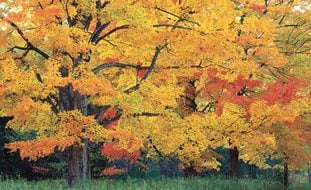
Nothing else signals the seasonal shift as beautifully as these native trees.
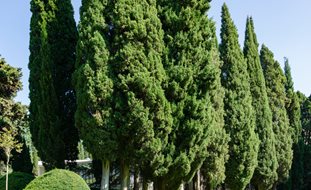
Add some of these great trees to your landscape for screening and privacy.
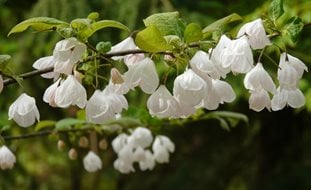
Plant smaller trees in your yard that won’t outgrow their space.
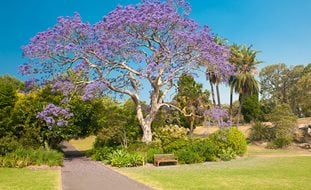
Favorite flowering tree picks for bright color and reliable performance.
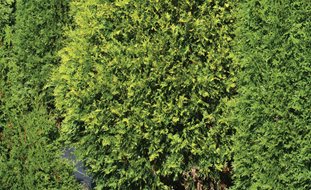
Modest in size and showy in all seasons, these 12 evergreen trees provide year-round color and structure.
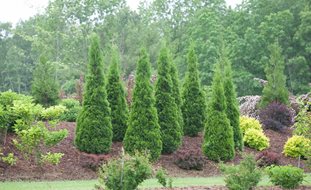
Discover varieties to try, along with basic care and planting tips.
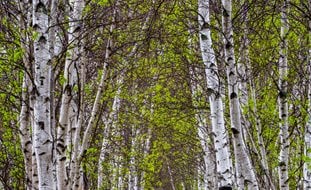
How to plant, care for, and use birch trees in your garden.
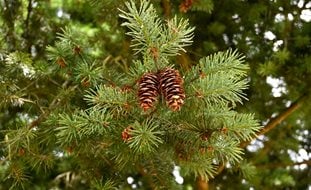
Discover 22 types of conifer trees including firs, pines, spruce, and more.

Showy spring flowers and brightly colored fruit make these ornamental trees an attractive addition to any garden.
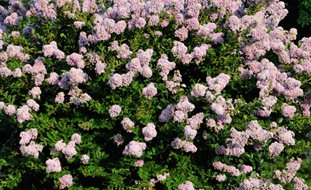
Add a punch of late-summer and fall color with crape myrtle trees.

Celebrate the end of winter with an explosion of pink blossoms.
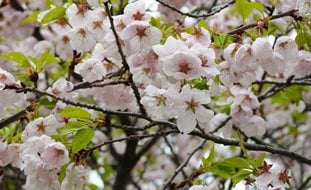
Ornamental cherry trees herald the coming of spring with a profusion of pink blossoms.
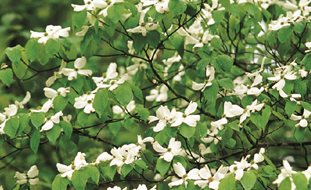
America’s most popular native flowering tree thrives in the home garden.
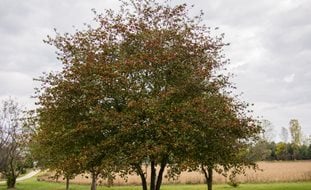
Multi-seasonal appeal and reliability are hallmarks of this common landscape plant.
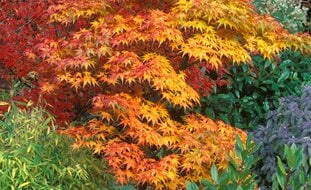
Nothing beats Japanese maples for center of attention drama and vivid fall color.
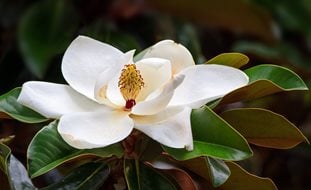
How to plant and care for saucer magnolia, southern magnolia, and more.

Learn the basics and get tips for pruning, harvesting, and overwintering olive trees indoors.
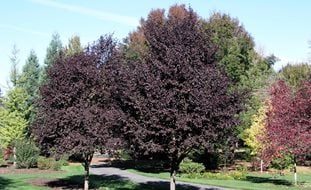
Add a splash of color and contrast to your yard or garden with purple-leaf plum trees.
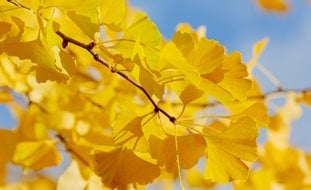
Learn about this intriguing prehistoric tree and how to use it in your yard.

Add four-season interest to your garden with this beautiful spring-flowering tree.

Get planting, growing, and care tips for this drought- and heat-tolerant desert native.
DESIGNING WITH TREES

Take a close-up look at the intricate bark of eight trees, and read four tips on how to design with bark.
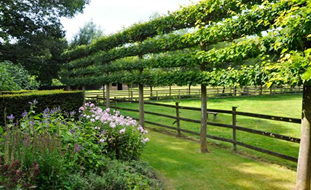
Get recommendations for fruit-bearing and ornamental trees that work great as espaliers, plus tips and tricks for training them.
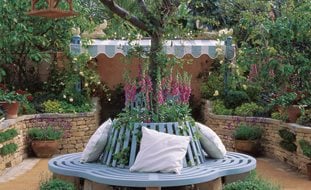
Discover how to make the most of new and old trees alike.



